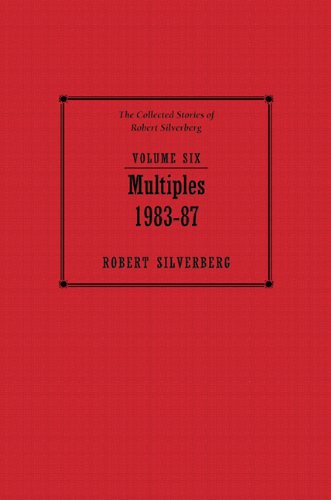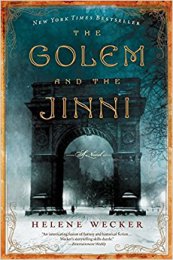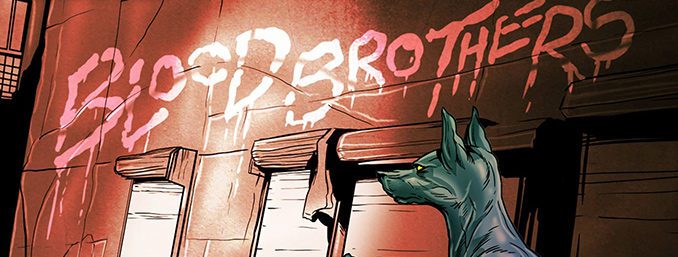Low Res Scan: The Collected Stories of Robert Silverberg, Volume Six: Multiples, 1983-87, ed. Robert Silverberg, 2011.
This anthology significantly overlaps with the first and only volume in the aborted The Collected Stories of Robert Silverberg from US publisher Bantam Spectra in 1992. All but two of the 14 stories in that earlier book of 24 stories. Silverberg’s introductory notes have slightly been altered in many cases, particularly to note when the story was somehow used for a later, post-1992 novel.
I don’t have a lot to add to what I’ve said earlier about that collection, so I’ll talk mostly about the two new stories.
When Silverberg wrote “Blindsight” in 1985, the news of the infamous Dr. Mengele’s death had just come out. The story also involves a “mad scientist” and illicit human experimentation. There a couple of interesting elements of setting. Silverberg envisioned the breakup of the Soviet Union, and his scientist, Wu Fang-Shui, did his work in Kazakhstan. He also sets the story on a L-5 colony which seems a bit late in science fiction to use such a setting (though William Gibson and John Shirley used it just a couple of years earlier). Silverberg’s L-5 colony has been ruled for 37 years by El Supremo who gets his money by selling protection to criminals fleeing extradition. El Supremo is not keen on his paying clients being found by people looking for them, but that’s exactly what a man called Farkas wants to do. He hires protagonist Juanito, a young fixer, who helps visitors get what they need. Juanito isn’t keen on providing that service. It violates the colony’s one taboo. But Farkas is persistent. He may be missing eyes, but he has “blindsight”, an alternate sense of vision, genetically engineered into him. Silverberg’s plot doesn’t take the obvious turns.
In some sense, Silverberg is a writer of ghost stories. His one great theme is the revival of the dead. You can see it in his many stories of simulacrum of historical personages, time travel, or, as with “Born with the Dead”, the literal resurrection of the dead.
“Gilgamesh in the Outback” is an example of that in spades. Written as part of the 1980s shared world series Heroes in Hell, it puts Gilgamesh, Robert E. Howard, and H. P. Lovecraft in Hell. (The story was incorporated in Silverberg’s later novel To the Land of the Living.)
We see Gilgamesh wandering the outback of hell, trying to take pleasure in hunting using the old ways: bow and arrow and spear. Long ago, he had a falling out with his soulmate Enkidu. The story opens with an amusing exchange with Julius Caesar. The Roman, packing pistols and a submachine gun, calls Gilgamesh and his clinging to the old ways “reactionary” and says, like every other ex-king, Gilgamesh still wants to rule. Gilgamesh drives him away with a bit of Shakespeare because it’s not history that controls how the great are remembered. It’s poetry and story tellers. Their version of things outlasts history as Gilgamesh knows from hearing his epic quoted over and over and over again.
Then he encounters Lovecraft and Howard, Excellencies of the Kingdom of New Holy Diabolic England and its Britannic Majesty Henry VIII who is engaged in a power struggle with his daughter Elizabeth’s state. Lovecraft is fascinated to meet the first legend of history. Howard, well, Howard finds himself feeling a little funny meeting what seems to be living embodiment of Conan.
There were strange emotions stirring in Robert Howard’s soul, and he did not care for them at all. … He was a man of the frontier, not some feeble limp-wristed sodomite who reveled in filth and wanton evil.
And we’re off to a trip, both amusing and poignant, to the court of Prester John and encounters with Albert Schweitzer and Ernest Hemmingway. You may fault Silverberg’s depiction of a Howard wracked with homoerotic feelings, but the depiction of Lovecraft, giddy in his adventures, a man that Gilgamesh thinks tries to hide all human feelings, seems to have some truth in it.
And the exchange between Hemmingway and two pulp writers he never heard of has something truthful to say about the act of writing.
Additional thoughts (with spoilers)
One of the benefits of reading an author’s work in publication order is seeing how certain motifs and themes cluster chronologically.
Here that was particularly true of the first three stories in the book. All three involve an obsession, often sexual, with the other – an obsession that destroys old relationships.
“Tourist Trade” has a man sexually obsessed with an alien riding around in the body of a very beautiful woman. (The idea of disguising yourself in cunning contrivances of an alien body was also used in Silverberg’s “The Reality Trip”.) It ends his lucrative career as an art smuggler when his Moroccan contact comes to think of him as a pervert.
“Multiples” has a normal woman who develops a fetish for romance with men with multiple personalities – even though she learns she can never fake that state sufficiently for true intimacy with them.
“Against Babylon”, besides exhibiting Silverberg’s professed love-hate relationship with Los Angeles, also a feature in the collection’s “The Pardoner’s Tale”, has a firefighter’s wife leave him for the allure of leaving Earth on an alien ship.
This time around I noticed that “The Secret Sharer”, a science fiction translation of Joseph Conrad’s story of the same name, also has another Silverberg motif: the alienated protagonist. I also appreciated, this time around, the skill with which the crew of the starship were depicted and their hostility and paranoia towards the narrator-captain.
In the introductory notes to the story, Silverberg says his debt to Conrad goes beyond just using a couple of his works for models. (Conrad’s “Heart of Darkness” was the model for Silverberg’s Downward to the Earth.)
Most of what I owe to Conrad as a writer is buried deep in the substructure of my stories – a way of looking at narrative, a way of understanding a character.
More reviews of fantastic fiction are indexed by title and author/editor.
Advertisements Share this:




